
Staring Down the Tiger
Staring Down the Tiger
STORIES OF HMONG AMERICAN WOMEN
Edited by Pa Der Vang

Copyright 2020 by the Minnesota Historical Society. Copyright in individual pieces is retained by their authors. All rights reserved. No part of this book may be used or reproduced in any manner whatsoever without written permission except in the case of brief quotations embodied in critical articles and reviews. For information, write to the Minnesota Historical Society Press, 345 Kellogg Blvd. W., St. Paul, MN 551021906.
mnhspress.org
The Minnesota Historical Society Press is a member of the Association of University Presses.
Manufactured in the United States of America
10 9 8 7 6 5 4 3 2 1
 The paper used in this publication meets the minimum requirements of the American National Standard for Information SciencesPermanence for Printed Library Materials, ANSI Z39.481984.
The paper used in this publication meets the minimum requirements of the American National Standard for Information SciencesPermanence for Printed Library Materials, ANSI Z39.481984.
International Standard Book Number
ISBN: 978-1-68134-150-7 (paper)
ISBN: 978-1-68134-153-8 (e-book)
Library of Congress Cataloging-in-Publication Data
Names: Vang, Pa Der, 1975 editor.
Title: Staring down the tiger : stories of Hmong American women / edited by Pa Der Vang.
Description: Saint Paul : Minnesota Historical Society Press, 2020. | Summary: Hmong American women reclaim the phrase tsov tom or tiger bite, showing in prose and poetry that they are strong enough and brave enough to stare down the tiger. Contributors celebrate the power of bonds between daughter and mother, sister and sister, and grandmother and granddaughter. These writers bring life and character to the challenges of maintaining identity, navigating changes in gender roles, transitioning to American culture, and breaking through cultural barriers. Provided by publisher.
Identifiers: LCCN 2019047362 | ISBN 9781681341507 (paperback) | ISBN 9781681341538 (ebook)
Subjects: LCSH: American literatureHmong American authors. | American literatureWomen authors. | Hmong American womenLiterary collections.
Classification: LCC PS508.H63 S73 2020 | DDC 810.8/0928708995972dc23
LC record available at https://lccn.loc.gov/2019047362
This and other Minnesota Historical Society Press books are available from popular e-book vendors.
Hnub Tshiab: A New Day!
Valuing Women. Cultivating Leaders. Changing Lives.
This book is dedicated to Hmong women and girls.
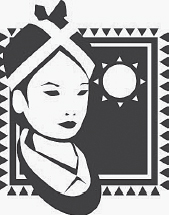
Contents
Pa Der Vang
Pa Xiong
Song Yang
BoNhia Lee
Duabhav BJ Lee
Kia M. Lor
Tou SaiKo Lee
Lyncy Yang
Pa Der Vang
Gao Vang
Mai Neng Moua
Maly Vang
Talee Vang
Boonmee Yang
MaiThao Xiong
Linda Vang Kim
Nou Yang
Douachee Vang
Tou SaiKo Lee
Mainhia Moua
Dee Kong
Boonmee Yang
Kia Moua
Pa Xiong
MayKao Y. Hang
Duabhav BJ Lee
Douachee Vang
Kao Kalia Yang
Kia M. Lor
Npaus Baim Her
Renee Ya
Gaosong V. Heu
Npaus Baim Her
Acknowledgments
Thank you to our supporters who made this book possible. We want to thank Wells Fargo for the initial funding that allowed us to begin this book. Thank you to MayKao Fredericks for believing in us and for always supporting Hmong women writers. Thank you to Kimberly Nightingale for your consultation and initial editing of the book and to the Minnesota Museum of American Art for opening your doors during our initial readings of selected works from this anthology. Thank you MaiThao Xiong, Ying Lee, and May Lee-Yang for your assistance in reviewing the first round of submissions for this book. Thank you to Ann Regan for believing in Hmong women. Finally, thank you to the Hmong women, mothers, grandmothers, aunts, daughters, and sisters in our lives whose stories form the basis for this book.
Preface
Pa Der Vang
It is that act of speech, of talking back, that is no mere gesture of empty words, that is the expression of our movement from object to subjectthe liberated voice.
bell hooks, Talking Back: Thinking Feminist, Thinking Black
Growing up, I was always curious about the role of Hmong women in Hmong history. After seeing the movie Mulan as a child, I thought maybe Hmong women also took part in their journey from historical wars to America. After learning that Hmong came from China, a part of me wanted to believe that Mulan was Hmong, especially since this was my first time seeing an American cartoon depicting an Asian female lead character. I searched hard for stories about Hmong women in warrior or leadership roles, but found none that had been documented. I heard about Shwj Mim Mos, the Hmong Mulan, from stories shared by Hmong women during community gatherings, but no further details were provided about who she was, where she came from, how she became this mythical character, what her life was like, how she felt about her experience, what struggles she endured. No one really knew. Hers was a story that was rarely told. However, Shwj Mim Moss existence, although in the shadows of men, gave evidence to girls that Hmong women were possibly warriors, too. Few people have heard about Shwj Mim Mos since stories about Hmong women leaders are often left untold in lieu of stories about Hmong men leaders.
I searched on the internet for Shwj Mim Mos and terms like Hmong Mulan, Hmong women warriors, historical Hmong This picture was evidence to me that Hmong women played a very important role in our history during the war, yet it was difficult to find stories about other Hmong women beyond highlights about leaders like KaYing Yang, Bo Thao, Senator Mee Moua, MayKao Hang, Gaoly Yang, and Sy Vang Mouacheupao. Forgive me if I dont name all the women leaders, for it is very important in the Hmong culture to receive the appropriate recognition, an honor and privilege rarely given to Hmong women. The search for Hmong women leaders often landed me at the Minnesota Historical Societys Hmong Women in Minnesota Timeline, which starts in 1975 and lists all of these names and more.
I was curious about the personal stories of Hmong women not only since their arrival in America but also in their journeys from Laos. They didnt have to be famous people or community leaders or involved in the military. Bringing their families from Laos to the United States involved some type of leadership, fortitude, and resilience, yet these stories were difficult to find. Creating a new life in a foreign land, raising children when you dont speak the language or understand the culture, earning a living and working for an employer who doesnt speak your language nor understand your culture, navigating changes in your relationships because the definitions of your role have drastically changedall these responsibilities require courage, nimbleness, and discernment. It felt like Hmong women were just the objects in a story, objects whose agency and leadership were often ignored or dismissed by the larger narrative. My questions were: How did the women feel? What were their struggles? What did they think about? What were their worries? How did they endure and toil and survive such a difficult time? How did they do it? What was their thought process? I could not find answers in the literature. These stories about Hmong women were absent.
Next page

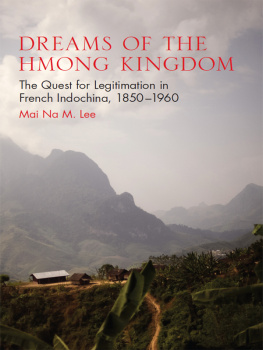
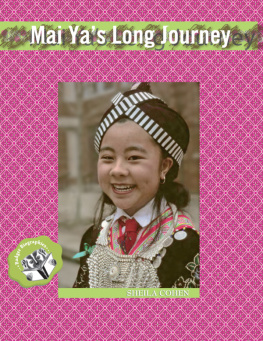
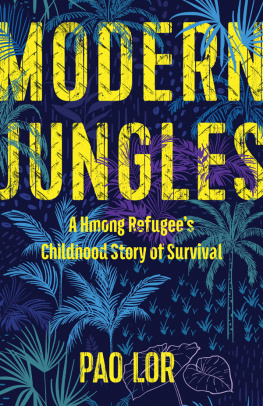

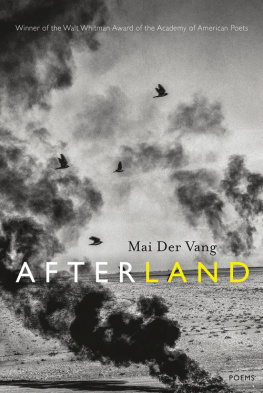

![Yang - The latehomecomer: [a Hmong family memoir]](/uploads/posts/book/165016/thumbs/yang-the-latehomecomer-a-hmong-family-memoir.jpg)

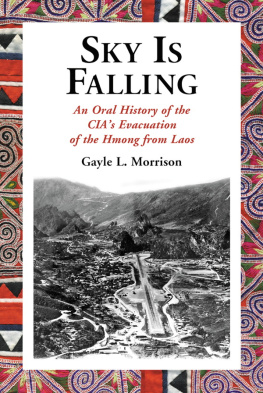
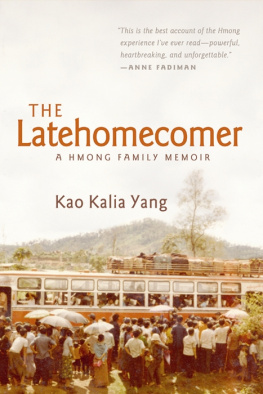


 The paper used in this publication meets the minimum requirements of the American National Standard for Information SciencesPermanence for Printed Library Materials, ANSI Z39.481984.
The paper used in this publication meets the minimum requirements of the American National Standard for Information SciencesPermanence for Printed Library Materials, ANSI Z39.481984.